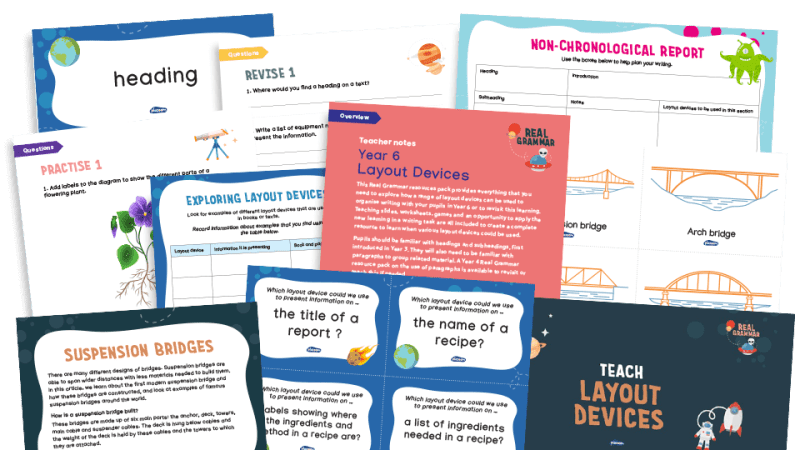Non-fiction writing – Why students should take one idea and develop it

Chris Curtis explains why planning and a willingness to see ideas through to their conclusion are needed if students are to be successful at writing non-fiction…

- by Chris Curtis
- English teacher, head of department and author Visit website

A new approach to the teaching of non-fiction is needed.
Teachers display such confidence, glee and energy when teaching poems, novels and plays – yet when that unwelcome second cousin, non-fiction, arrives, all interest dies.
Instead we dissect, label and catalogue non-fiction texts to the point of tedium.
Students coming to us in Y7 understand different types of non-fiction texts, which means we have the time and scope to develop their understanding and improve it, rather than repeat it again and again.
When we task students with planning a non-fiction piece of writing, we ask them to think of too much. Newspaper columnists don’t list hundreds of ideas when expressing a point – they take one idea and develop it.
Students’ non-fiction writing is often weighted down by too many ideas, which they end up cramming into their writing. Instead, they should take one of those ideas, dig deep and explore it fully.
Bringing up counter-arguments will only serve to dilute your one good idea.
Focusing on one idea will make your structure easier and more manageable. Rather than listing a different idea in each paragraph, think instead about how to introduce that one idea and take it further.
Talk like a politician
Students know that non-fiction tasks involve a lot of writing, so they’ll add padding. A spurious fact. A random statistic. They might even add a quotation from a celebrity – likely someone the teacher hasn’t heard of.
If you take away the tools most students use to pad out their writing, you’ll make them into more thoughtful writers.
Without reference to statistics, facts or quotations, how can you make the world understand that smoking is bad? Perhaps an anecdote, or a description of what smoking does to the lungs.
Build creativity by taking away the quick fixes and making students think their way out of a problem.
Encourage your students to talk like a politician. A student’s voice is incredibly important when writing non-fiction. They’ll happily use their own voice when writing a story, but in non-fiction mode this ‘voice’ will often have less character than the Speaking Clock.
Politicians, on the other hand, can be variably angry, sarcastic, emotive and pompous – traits all too often missing from students’ non-fiction work.
Do we teach students sarcasm, the uses of sycophancy, how to attack the opposition? No. We teach them how to persuade, argue, advise and a host of other bland writing verbs.
We need to add emotion and passion. You may not like politicians, but you can’t deny that they’re passionate. Yes, sometimes passionately wrong – but convincingly so.
Phrases and sentences
The idea that a good newspaper report must have X, Y and Z has warped the teaching of writing. We’ve become obsessed with spotting things, rather than the actual communication of ideas.
So long as there’s a rhetorical question and a semicolon in there, who cares if it sounds clunky?
Good readers absorb tiny phrases and sentence constructions through prolific reading. As teachers, we need to kickstart this among less regular readers, who will lack such linguistic currency when searching their heads for ideas.
Teaching students phrases like ‘It is a commonly held opinion that…’ and ‘Understandably, we all feel…’ will enable them to mimic more prolific readers and build better cohesion and fluency in their writing.
Non-fiction is lively, fun, current, sarcastic, passionate and sometimes dangerous. We just need to fall in love again with it.
Non-fiction is the real world in the classroom. Let’s make it real.
Chris Curtis is an English teacher and author of the book How to Teach English (£16.99, Crown House Publishing); follow him at @Xris32 or visit learningfrommymistakesenglish.blogspot.com
Discover more resources for Non Fiction November.







